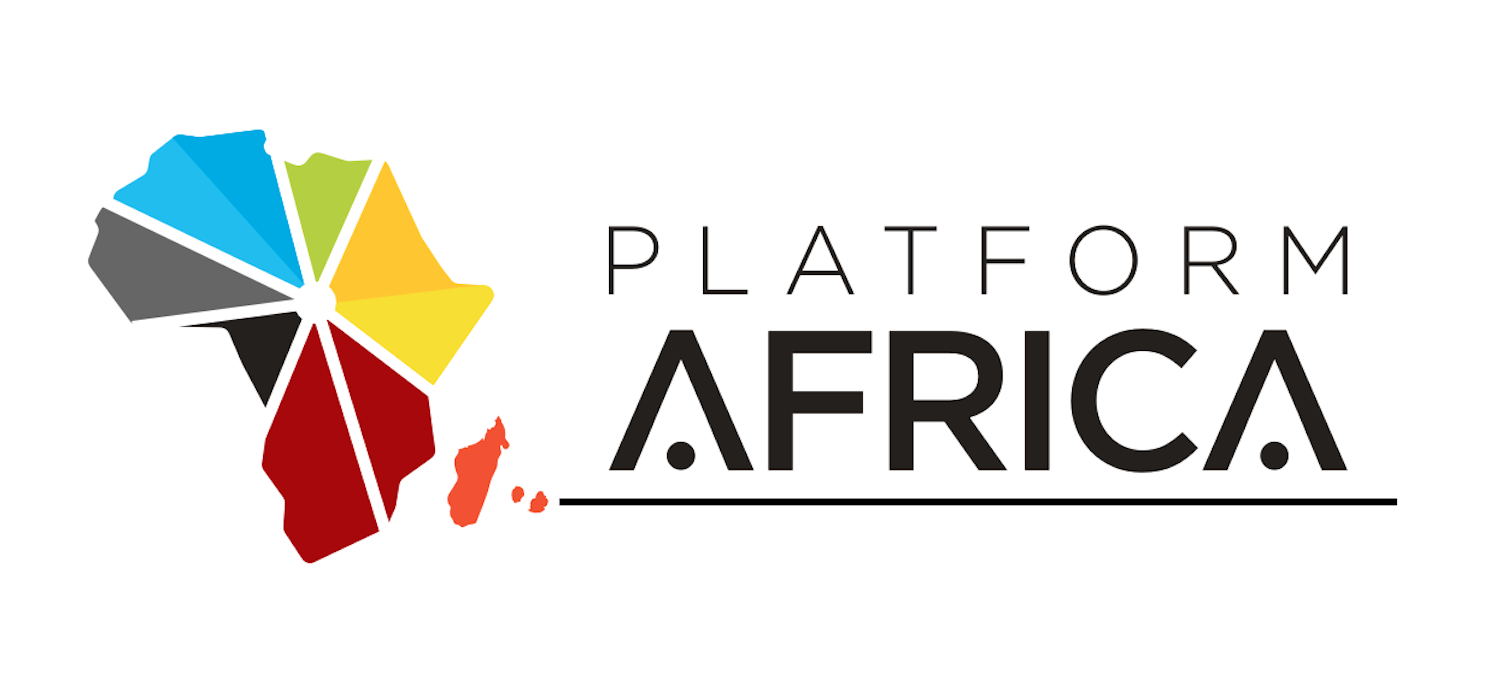By James Cheo, Chief Investment Officer, Southeast Asia, HSBC Global Private Banking & Wealth
While it’s still in the experimental stage, we’re already seeing a burgeoning economy within the metaverse, potentially creating a new frontier worth trillions of dollars that banks, consumers and companies can tap into for further growth.
Since the beginning of this year, technology shares faced headwinds from higher interest rates, causing anxiety around how higher interest rates might affect the sector, particularly for tech companies with a poorer profitability outlook. While rate fears may continue to drive volatility in the technology sector, the metaverse is offering up a bright spot for the long term.
Metaverse is a digital space, mainly powered by AR, VR and AI technologies, in which people are able to interact with each other in an immersive virtual environment. It is a new virtual world where our physical and digital lives converge, transforming how we work, live and play.
Metaverse is built upon Web 3.0, which is next iteration of the internet. Just as the connected PC drove the first phase and the smartphone drove the second phase, we are now beginning to see the emergence of many of the technology building blocks – such as virtual reality, blockchain and computing power – needed to enable the metaverse.
With more than 60% of the world’s population online and spending on average 5 to 6 hours per day digitally, it is clear that in the near future itself our digital world will become as real and engaging as the physical world we are in.
The early innings of how the metaverse looks like will resemble the gaming universe. Most of the young – those in the Generation Z and Alpha – are already digital natives with their digital avatars, making transactions online, and living an alternate life.
With the share of the youth population expected to grow, the metaverse is expected to bloom and become possibly the next internet.
Navigating the opportunities
The metaverse is still in its early days, but the infrastructure is currently being built block by block and societal attitudes are changing to usher in a new era of the internet.
While it may take several years for the metaverse to become mainstream, investors need to keep a watchful eye on emerging trends such as (1) digital content creation; (2) experiential delivery; and (3) infrastructure platform.
We expect the metaverse to create investment opportunities especially for those companies that are positioned for these trends.
#1 Digital Content Creation: Creating 3-dimensional highly interactive content is key, especially in the Web 3.0. Digital content like virtual concerts and events, conferences, games and education which provides more engaging and immersive experiences will be the game changer. Consumers will first experience the metaverse via 2D apps, through commerce, with the buying of physical and digital products, or entertainment through a host of mixed-reality experiences such as virtual concerts or sporting events.
While such virtual commerce could gain traction, the initial applications of the metaverse are more pragmatic. The metaverse could primarily operate as an advertising and e-commerce platform for physical products. Similar to what we saw with the mobile internet, consumer adoption of Augmented Reality (AR) and Virtual Reality (VR) will be a driving force for business opportunities.
On content creation, gaming platforms will move towards cutting edge innovation, especially gaming platforms that offer infrastructure for people to create content or games; or gamified social networks which support more programmable experiences. Beyond that, gamers and programmers must be incentivized to remain in that metaverse through the reward of tokens.
#2: Experiential Delivery: As the metaverse integrates with the real world, it would be wearable devices that will deliver the fullest and highly immersive 3D metaverse experience.
We see great investment potential in the metaverse hardware space, especially in the VR headsets which have upgraded design and functionality. Currently, the VR headsets are heavy, less sensitive to sensory movements and difficult to wear over a prolong period. For VR to grow beyond a niche product, wired devices need to evolve into wireless devices.
A fully immersive experience engages all of a person’s senses: sight, hearing, touch, smell, and taste. Today, VR mostly involves surround sound and images. The next generation of VR devices will give users physical sensations through electro-stimulation as they navigate a digital environment.
As the quality of virtual reality hardware improves – with greater tech sensitivity to voices, eyeball movements and gestures, higher download speeds, extra cameras – these smarter gadgets will become more complimentary to other hardware and will become easier and more enjoyable to use.
#3: Infrastructure Platforms: To render avatars in a virtual world and allow users to interact with objects and other avatars in that virtual world—all in real time—will require huge amounts of data to be captured, transmitted, analyzed and acted upon with extremely low latency. To make the metaverse work, large amounts of data need to be processed and exchanged, leading to strong demand for cloud servers, 5G, artificial intelligence and data centres. Therefore, such digital infrastructure providers will form the key building pillars necessary for the metaverse. Consequently, companies positioned to build the metaverse’s infrastructure will have the potential to grow in the years ahead.
Caveat Emptor – Navigating risks
Digital goods have been the mainstay of video games for many years, with users buying items like avatars and other virtual goods with virtual money. But this money is typically only able to be spent within the closed metaverses. The development of cryptocurrencies and non-fungible tokens (NFTs) holds the potential for wider metaverse transactions, across different platforms and in the wider real world economy.
While NFTs is an important innovation necessary for an open metaverse, there are segments of the NFT market that is highly speculative and volatile for investors. For now, the high volatility and lack of liquidity are some of the teething problems of the NFT market. Furthermore, the NFT technology’s greatest strength is also one of its major weaknesses. Anyone can create an NFT out of anything, which means there are a lot “less than ideal” NFTs out there.
Likewise, as a bank, HSBC thinks that cryptocurrencies, as a form of privately issued money, should be regulated to at least the same standard as other forms of privately issued money, like stablecoins and commercial bank money. Hence, investors need to remain cautious of their exposure.
Active management is the key to win
Still, before the metaverse becomes mainstream, it will need to overcome a range of hurdles, from the regulations, to computing power and data privacy issues.
Being in its nascent stage of development means that investors need to steer clear of the more speculative elements relating to the metaverse including NFTs for now.
Instead of buying directly into NFTs or cryptocurrencies, our preferred approach is to use active managers who are domain experts in the development of the metaverse.
We think active management will give the best chance of identifying the winners, and sifting out the losers from the metaverse. We believe the winners will be the companies best positioned to ride on the emerging trends of digital content creation; experiential delivery and infrastructure – that is where we see the greatest potential.
Ultimately, before the metaverse become ubiquitous, there will be winners and losers along the way.
About the author:
James Cheo is Chief Investment Officer, Southeast Asia for Global Private Banking and Wealth at HSBC. He is a member of the Global Investment Committee for Private Banking and Wealth Management as well as the Regional Investment Committee in Asia. In his role, James spearheads the development of investment strategies across all asset classes for private banking and wealth management clients in Southeast Asia.




